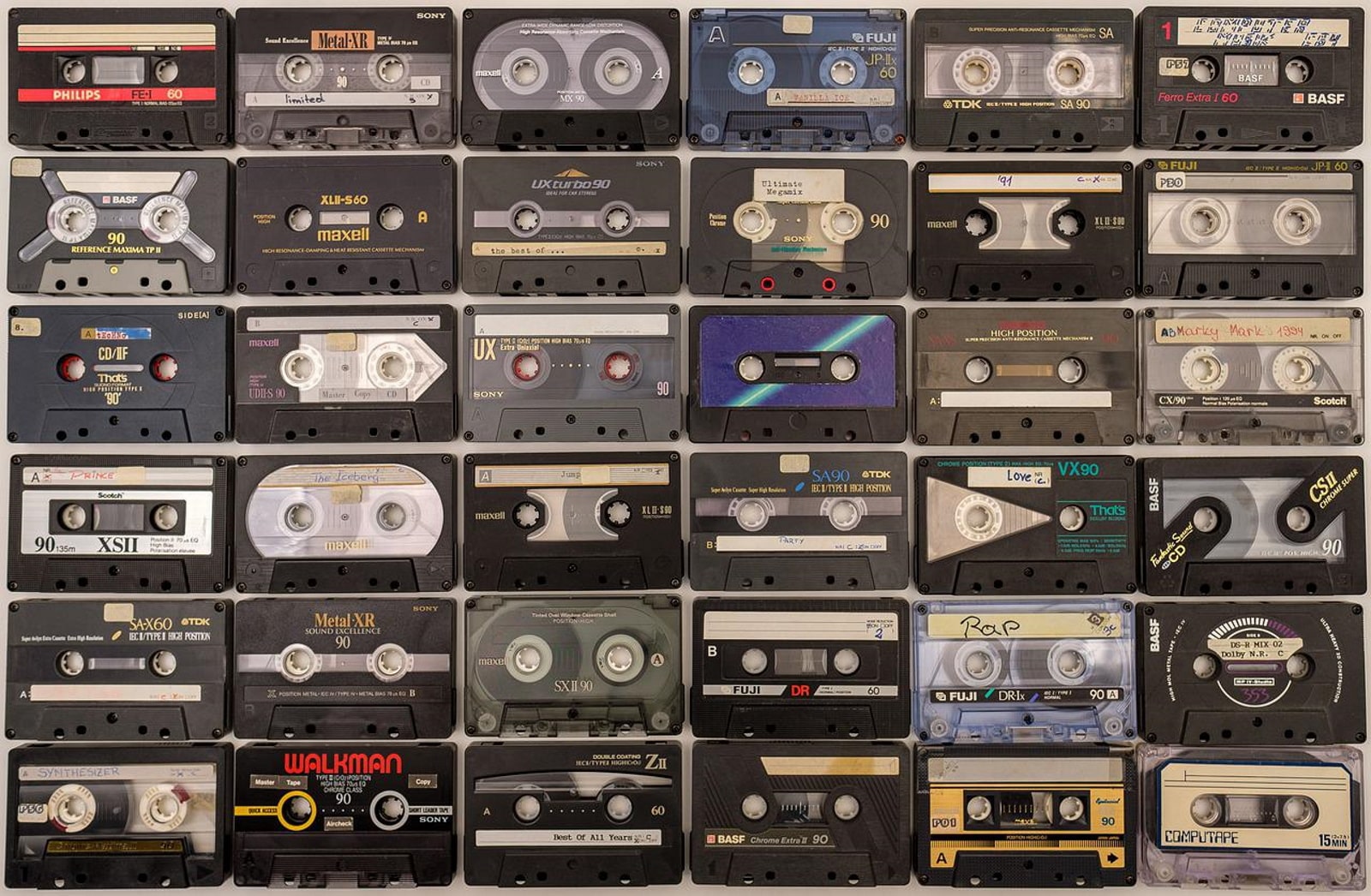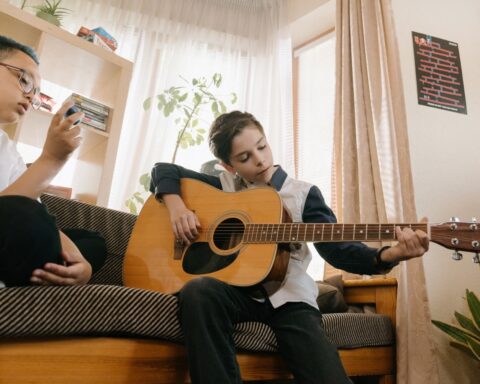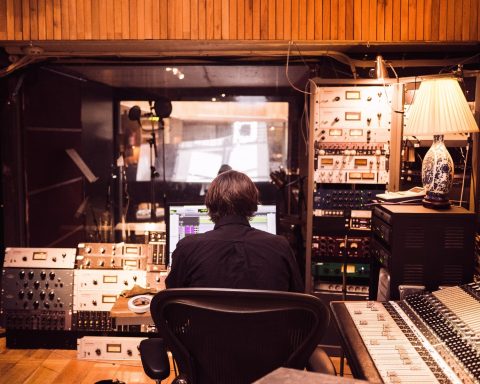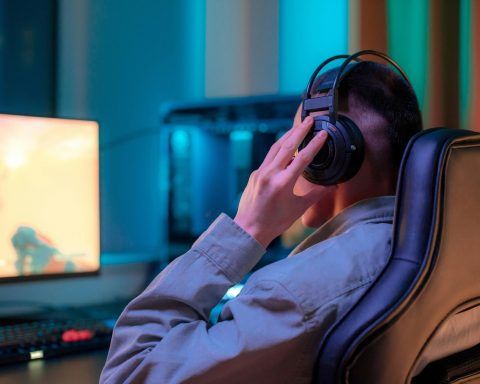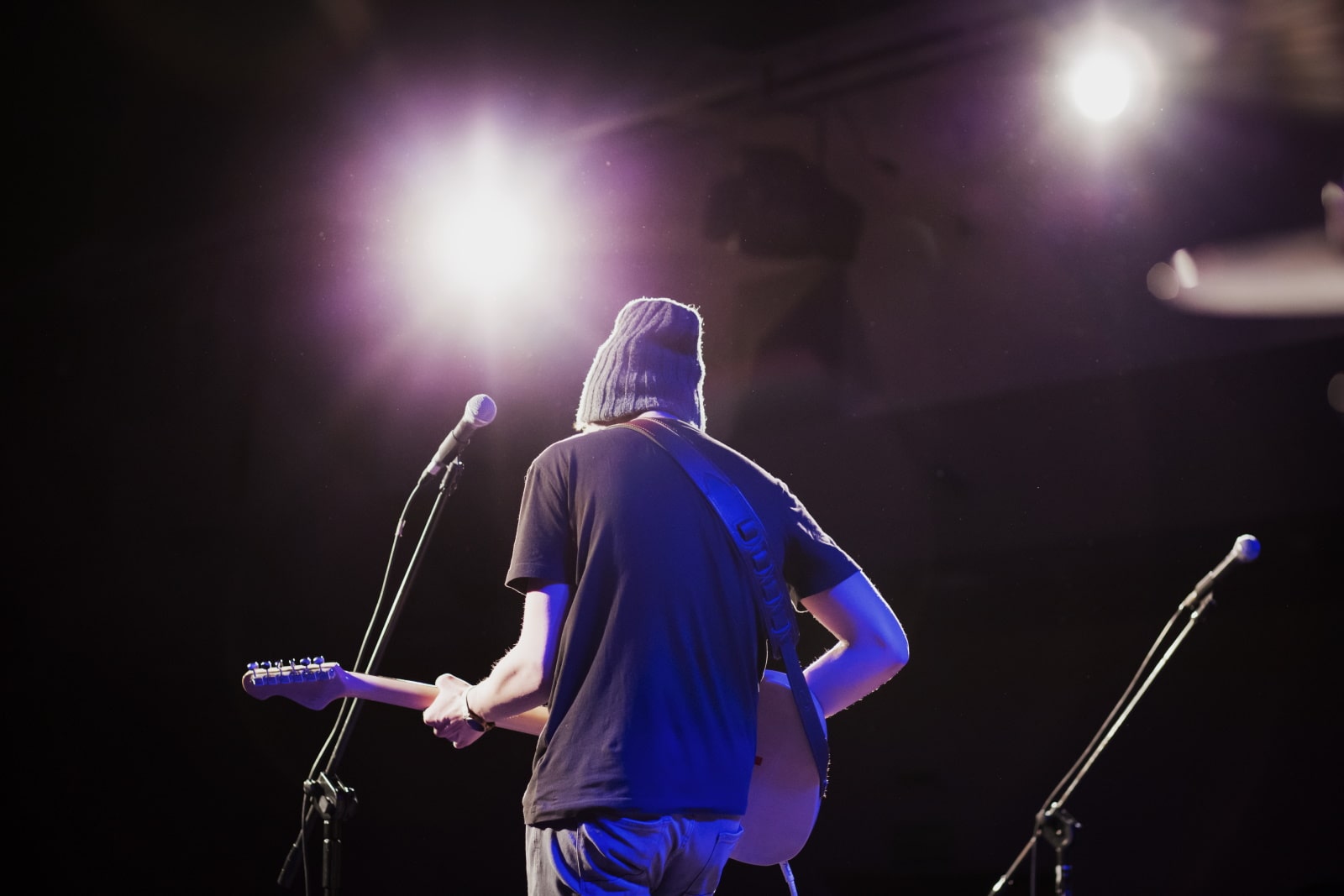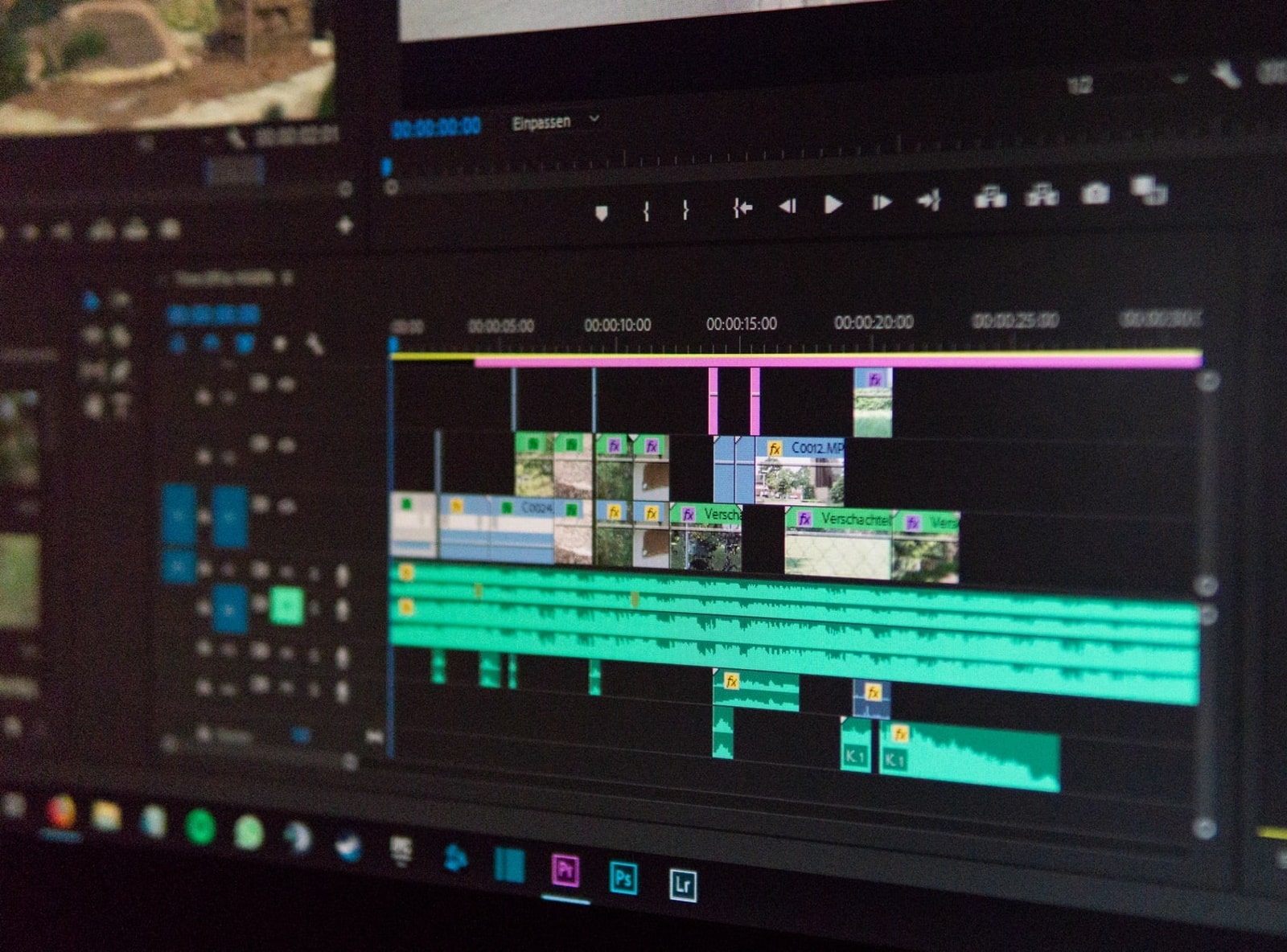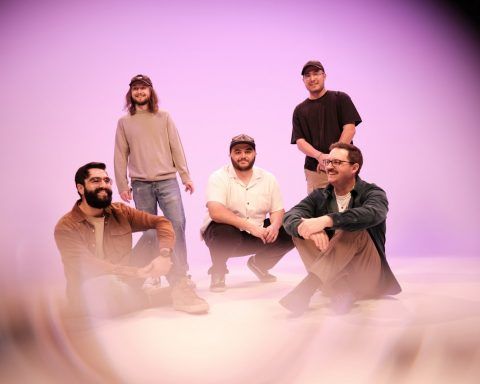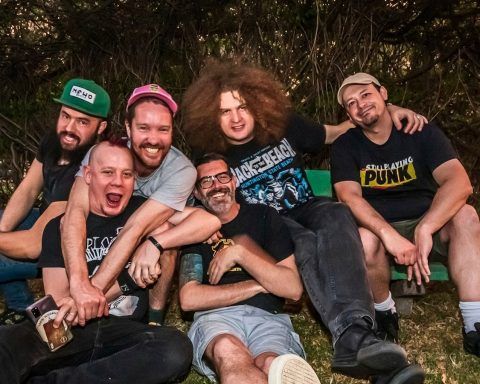The entertainment industry has long been praised for its role in helping people overcome times of national or economic hardship. As a result of this, history has shown that many of the greatest innovations to appear in entertainment technology have shown up at around the same time as huge upheavals such as the US Great Depression and the end of the first two World Wars.
Just as Hollywood was beginning its awkward transition from the original silent movies to synchronised “talkies”, Walt Disney Studios released the first Mickey Mouse cartoon titled “Steamboat Willie”. In 1928, this new animation represented the cutting edge of technology with its expressive sound effects and coordinated background music.
Signature Sounds
Computers were still decades away from being invented when Disney created Steamboat Willie. Video recording equipment of the time was bulky, heavy, and impossible to use outside of the studios where entertainment productions were made. In such an environment, the creators of animated content had to invent their own methods for making sounds. Because of this, Walt Disney, Warner Bros, and Hanna-Barbera all had their own signature sound which made their work instantly recognizable from the soundtrack alone.
The musicians who were hired to create backing music for animations during the 1920’s and 30’s were often expected to simulate sound effects using percussion instruments such as cymbals and wooden blocks. In other cases, complicated “sound effect” machines were built which could replicate the sounds of the wider world within the limited studio environment.
The inspiration for both approaches came from the world of cinema; prior to the development of films with sound, cinemas would often hire musicians to add auxiliary sound effects and percussion alongside the films they were showing on their screens.
Technology Advances
The second World War interfered with every industry on the planet, but the technologies created for use on the battlefield proved extremely useful as people returned to everyday jobs during the rebuilding phase. These new technologies enabled the creation of much more realistic animation, and it wasn’t long before engineers looked to find ways of adding higher quality music and more sound effects to movies and animation.
The advent of magnetic recording technology in the 1950’s was a game changer in the animation world. Prior to this, optical recording methods were used which could only provide for a maximum of eight audio tracks before the signal to noise ratio became unacceptable.
Magnetic recording could handle more than a hundred tracks before this became a problem, allowing several musicians to contribute to one piece of video.
Magnetic recording stayed in use for several decades before making way for computer-based sequencers in the 1990’s. Machines such as the Atari ST allowed even smaller animation studios to control entire racks of MIDI equipment digitally. Today, animation sound is usually produced by an entire team of sound professionals with varying responsibilities – a far cry from the single musician trying to create both music and sound effects in earlier decades.
Modern Sound Teams
If you visit the cinema to watch a modern day animated movie, stick around in the theatre at the end – you’ll see dozens of different names scroll by with positions such as the “supervising sound editor”, responsible for the entire creative process of the soundtrack, ”dialogue editors” who will work on all of the different vocal tracks ensuring that voices can be heard clearly and stay synchronised to the video track, and “re-recording mixers” who are responsible for compiling everything together.
Music is still one of the most critical elements in all kinds of video production. Modern sound teams can combine the work of several musicians playing a variety of instruments into a single soundtrack alongside the effects and transition elements provided by “foley artists”. Video wishing to convey emotion can do so most effectively through music; the free stock music provided by Videvo gives you a multitude of options for adding soundtracks to your video projects.
Those who have worked on animation sound over the decades have had vastly different jobs to perform – musicians, sound editors, sound designers, all these roles are filled by people with a range of talents, but the end goal has always remained the same – enhancing the viewer’s connection to the video. Animation just would not be the same today without its sound.



